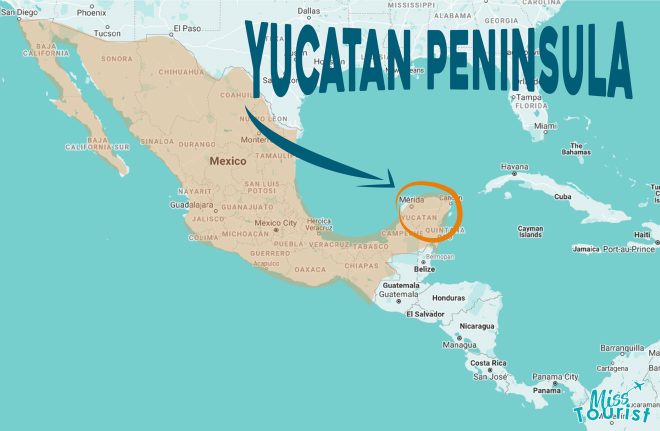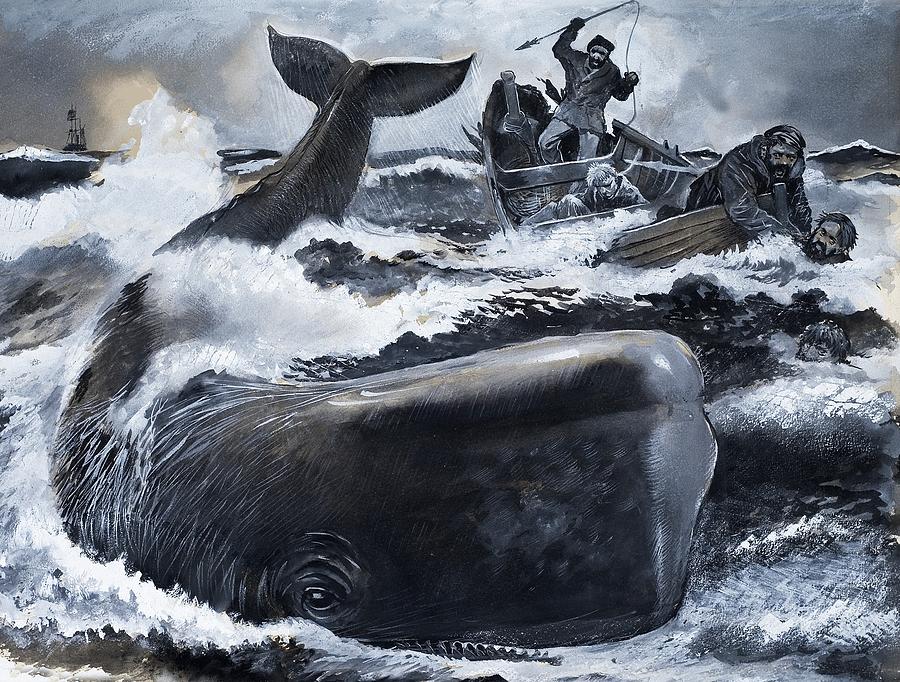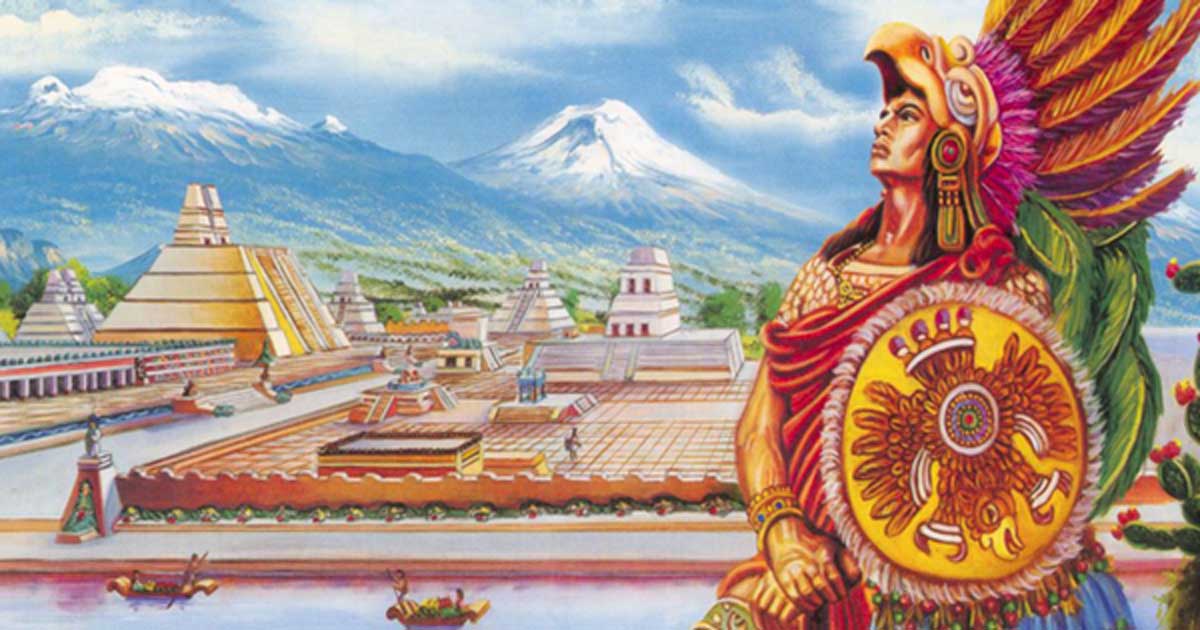
I spent eight days in the Yucatan Peninsula in Mexico, primarily in and around the cities of Cancun, Valladolid, and Merida.

I spent eight days in the Yucatan Peninsula in Mexico, primarily in and around the cities of Cancun, Valladolid, and Merida.

I think whaling is really cool. I can’t help it. It’s one of those things like guns and war and space colonization which hits the adventurous id. The idea that people used to go out in tiny boats into the middle of oceans and try to kill the biggest animals to ever exist on planet earth with glorified spears to extract organic material for fuel is awesome. It’s like something out of a fantasy novel.
So I embarked on this project to understand everything I could about whaling. I wanted to know why burning whale fat in lamps was the best way to light cities for about 50 years. I wanted to know how profitable whaling was, what the hunters were paid, and how many whaleships were lost at sea. I wanted to know why the classical image of whaling was associated with America and what other countries have whaling legacies. I wanted to know if the whaling industry wiped out the whales and if they can recover.
This essay is the result. It is over 30,000 words long, a new record for my blogging. It’s broken into seven parts linked here:
Part I – Economic Value of a Whale
Part III – Early Whaling History (6,000 BC-1700 AD)
Part IV – The Anglo Whaling War (1700-1815)
Part V – The Golden Age of Whaling (1815-1861)
Part VI – The Industrial Age (1865-1986)
Part VII – Modern Whaling (1987-Present)
As with my deep dive into K-pop, I advise that if you are interested in whaling, but not that interested, you should skip some sections and focus on others. Parts I and II are short and get into the fun nitty-gritty details of the practice of whaling. Parts III and IV are more about the history of the industry and how it interacted with politics, trade policy, etc, and are the most easily skipped sections. Part V is the longest and (IMO) most interesting section; it’s both an overview of American whaling and a deep dive into the economics of the industry, including crew payouts, profitability, venture earnings, and the impact of whaling on the global whale population. Part VI and VII bridge the gap between the high point of whaling and its near death in the modern age.
Continue reading “Everything You Might Want to Know about Whaling”
Bypassing numerous international restrictions, I traveled from America to Spain for a month-long trip in July. Most of the month was spent in and around Madrid, but I took a brief trip north to Galicia, specifically Vigo and Santiago de Compostela. It’s a beautiful country, great culture, fun people. Here I will compile my notes on Spain and some assorted thoughts about the country and Europe as a whole. For reasons that will soon become relevant, I want to say upfront:
With that said, here are my notes on things I found interesting during my time in Spain alongside pictures I took on the trip:

The Spanish conquest of the Aztecs was terrible. It was a prolonged period of pestilence, famine, torture, rape, plunder, destruction, conquest, cultural eradication, and general misery, with a short term death toll of something like 600,000 (including military and civilian casualties), and a long term death toll in the millions.
And yet part of me thinks it was totally awesome. That portion of my brain that grew up on Total War and Civilization games thinks the concept of a small number of hyper-technologically sophisticated foreigners led by a verified psychopath waging war on an empire of pyramid-dwelling, polygamist, slave-owning, human sacrificing pagans with the fate of a largely uncharted landmass at stake is incredibly cool. And no one can convince me otherwise.
There are surprisingly few books on the Aztecs, so I took a chance on Fifth Sun: A New History of the Aztecs by Camilla Townsend, which as of writing this only has four reviews on Audible (though 30+ on Amazon). I hope the book gets its due because it’s a fast, narratively-focused, and thoroughly enjoyable walkthrough of hundreds of years of little-understood history, from before the settlement of Tenochtitlan through the Spanish conquest, and over the following hundreds of years of Spanish rule. Townsend’s novel approach to the material is to rely heavily on history texts written by the Aztecs in their native Nahuatl language in the 20-50 years after the Spanish conquests, on top of well-studied archaeological findings.
My main takeaway from the book is that the Aztecs were a highly unique civilization that I desperately want to learn more about. They offer great insights into how a society with radically different structures and norms might function. Whether it was due to their relative geographic isolation, unusual environmental factors, or achievement of a high level of technology for a pagan tribal society, the Aztecs seemed to follow very different civilizational paths than the ancient Greeks, Persians, Chinese, and Indians, despite being at a fairly comparable level of development by the 1500s.
Continue reading “Polygamy, Human Sacrifices, and Steel – Why the Aztecs Were Awesome”